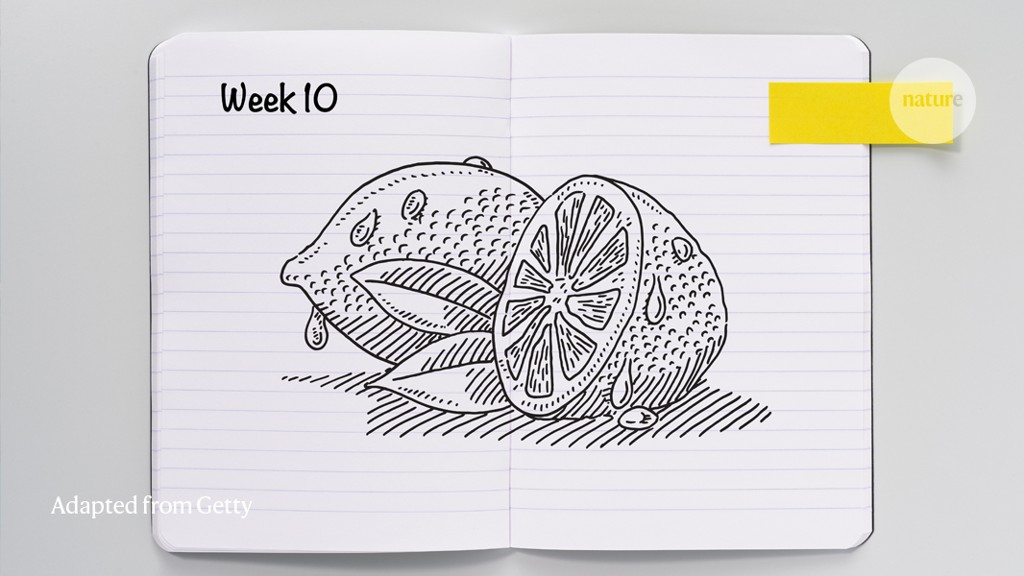After my grant application was rejected, I needed something to cheer me up. I found it in three crucial words in the ‘Going to work’ section of the UK government’s catchily titled document ‘Staying alert and safe (social distancing)’, published on 11 May. The words in question were “and scientific research”. They signalled the phased lifting of some aspects of lockdown in England; specifically, they paved the way for a limited return to work for scientists who work in wet laboratories and cannot work from home.
The priority for reopening the laboratory is ensuring that it is safe for everyone. My lab is lucky to have experience in assessing the risk of infection from viral pathogens because we work with them routinely — admittedly from a safety cabinet and in full personal protective equipment. Importantly, each person’s final decision on whether to go into the lab is down to that individual, and no one is under any pressure to return. The riskiest part of reopening isn’t found in the lab at all: it is the use of public transport, where people are in much closer contact, to get to the lab.
I’m excited about the prospect of the lab reopening, even at reduced capacity. I would very much like to return to doing new science now. We have exciting questions that I want to answer: does Sophie’s vaccine work, will Emily’s wonder-drug kill all microbes, will David’s DNA do the deal, is Katie’s RNA stable? And there are numerous side projects and collaborations that, if I had some time, I could restart.
However, not every research scientist across the country will be able to come back immediately. For parents and caregivers in the United Kingdom, until schools and nurseries reopen for all children, it is going to be extremely difficult to physically return to work.
Getting labs up and running again will not be immediate, especially for those that were completely shuttered. Experiments take time to coax back to life. In this respect, my group is in a slightly different situation, because we are not returning to an empty lab. We share space with Robin Shattock, an immunologist at Imperial College London, and his amazing team, who have been leading the charge on one of the United Kingdom’s COVID-19 vaccine candidates. People have been in the lab continually, working at a sensible, safe distance from each other. On the two occasions that I have been back, the lab looked more or less the same as it did before. Even more importantly, Charlie in the molecular-diagnostics lab has, between developing and running COVID-19 detection tests, coaxed my lemon tree back to life.
What does reopening more of the lab mean for me personally? As someone who didn’t spend a significant proportion of their time in the lab, it will not lead to much change. I can do most of my job from home, so am condemned to do so. It certainly doesn’t mean an instant return to pre-2020 work practices, as evidenced by the fact that I wrote the first draft of this from my allotment, while loosely childminding, and not from my office at Imperial, while loosely supervising. Getting back to normal will be a very long process.
For those of you returning imminently, I can share some of my experiences of the limited return to work I have made. On the occasions I’ve returned to the lab, one of the things I have noticed is anxiety. It is like the beginning of the school year after a long summer holiday: will I still know what I am doing, will people still like me, will I still like them, will I remember not to call the teacher mummy? The easiest way around this anxiety is to jump straight in and get to grips with the matter in hand. Being busy is one of the best ways to stop overthinking. If need be, do a small, simple experiment just to blow away the cobwebs of imposter syndrome.
The reopening of some lab activity does mean that, in the United Kingdom, we are moving to a different phase. We are in the end of the beginning. I am not a modeller, so I have no inkling of where this path leads us. There is the distinct possibility that infections will rise again, and we will enter a second cycle of lockdown. I need to manage my own expectations as much as my team’s that, no sooner than picking them up, we might have to down our pipettes again.


